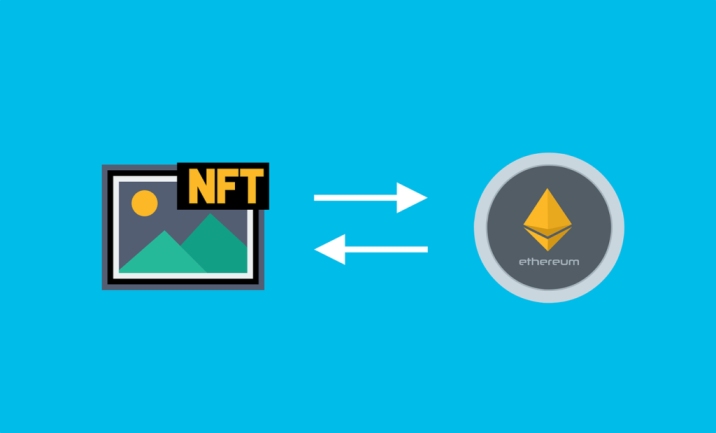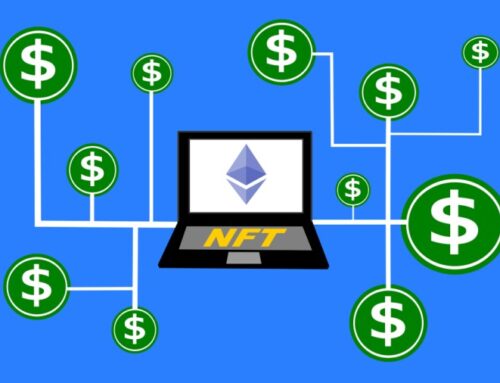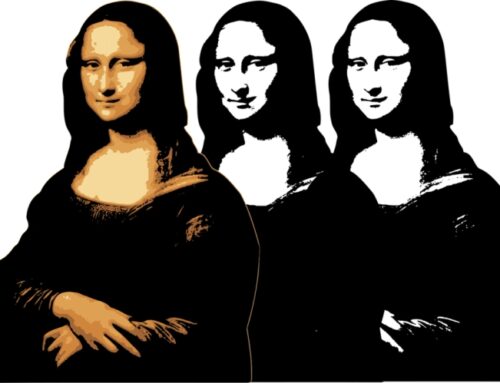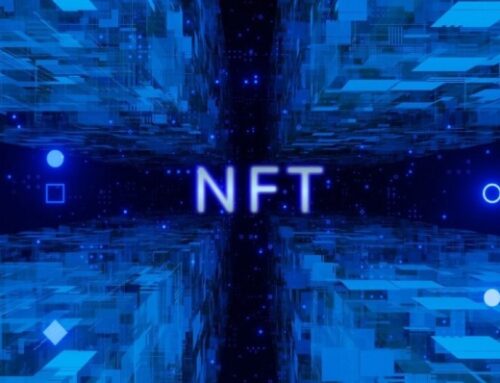NFT and cryptocurrency seem to be the name of the game these days, especially ever since the COVID-19 pandemic forced almost everything to go digital.
What Is Cryptocurrency?
A cryptocurrency is a digital or virtual currency that is secured by cryptography, which makes it nearly impossible to counterfeit or double-spend. Many cryptocurrencies are decentralized networks based on blockchain technology—a distributed ledger enforced by a disparate network of computers. A defining feature of cryptocurrencies is that they are generally not issued by any central authority, rendering them theoretically immune to government interference or manipulation.
Examples of popular cryptocurrencies include:
•Bitcoin, a cryptocurrency created in 2009. People can buy and sell bitcoin using different currencies in marketplaces called bitcoin exchanges.
•Ethereum, a blockchain-based software platform that enables developers to create smart contracts and distributed applications. The cryptocurrency of the Ethereum network is ether.
•Litecoin, an open source, peer-to-peer cryptocurrency that lets people transact payments without a bank or other third party.
What exactly is NFT?
NFT stands for a Non-Fungible Token. NFTs are tokens that are used to represent ownership of unique items. They let us tokenize things like art, collectibles, and even real estate. An NFT can be thought of as an irrevocable digital certificate of ownership and authenticity for a given asset, whether digital or physical. NFTs can only have one official owner at a time and they’re secured by the Ethereum blockchain – no one can modify the record of ownership or copy/paste a new NFT into existence.
NFT examples include:
•A unique digital artwork.
•A unique sneaker in a limited-run fashion line.
•An in-game item.
•An essay.
•A digital collectible.
•A domain name.
•A ticket that gives you access to an event or a coupon.
What Is The Connection Between NFTs And Cryptocurrency?
Like cryptocurrencies, NFTs also exist on a blockchain, which verifies the unique identity and ownership of the digital asset. The technology used to build NFTs is similar to Ethereum and Bitcoin. Ethereum is the most accepted crypto in the NFT market. The blockchain records all transactions connected to the particular NFT, and the asset it represents.
How are NFTs different from crypto?
Both NFTs and crypto are built on blockchain, using the same technology and the same principles. As a result, they tend to attract the same players. NFTs can be thought of as a subset of the crypto culture, and you generally need cryptocurrency to buy and sell NFTs.
The main difference between NFTs and Cryptocurrency is that NFTs, unlike digital currencies and cryptocurrencies, can’t be traded or replaced with one another. Every NFT is different, setting it apart from fungible tokens, such as digital currency and cryptocurrency that can be traded or exchanged for one another with no loss of value.
Crypto can be risky – are NFTs the same?
Yes. As in the crypto world, if you’re not careful with managing your NFTs you could find yourself empty-handed. If you’re interested in getting involved in the NFT world, it’s recommended you become familiar first with the ins and outs of buying cryptocurrency, as you’ll likely need to purchase your chosen artwork using Ethereum, Solana or another popular crypto.
In Conclusion
NFTs are not cryptocurrencies, although it is understandable to conflate the two.
This is because popular cryptocurrencies such as Bitcoin and Ether are built on the same technology that NFTs are — blockchain.
Unlike cryptocurrencies, NFTs do not innately possess monetary value — their existence is representative of items with varying monetary values instead (such as art, songs, property, etc.).
This makes them economically non-fungible, whereas cryptos like BTC and ETH are fungible (can be traded and has innate value).







Leave A Comment